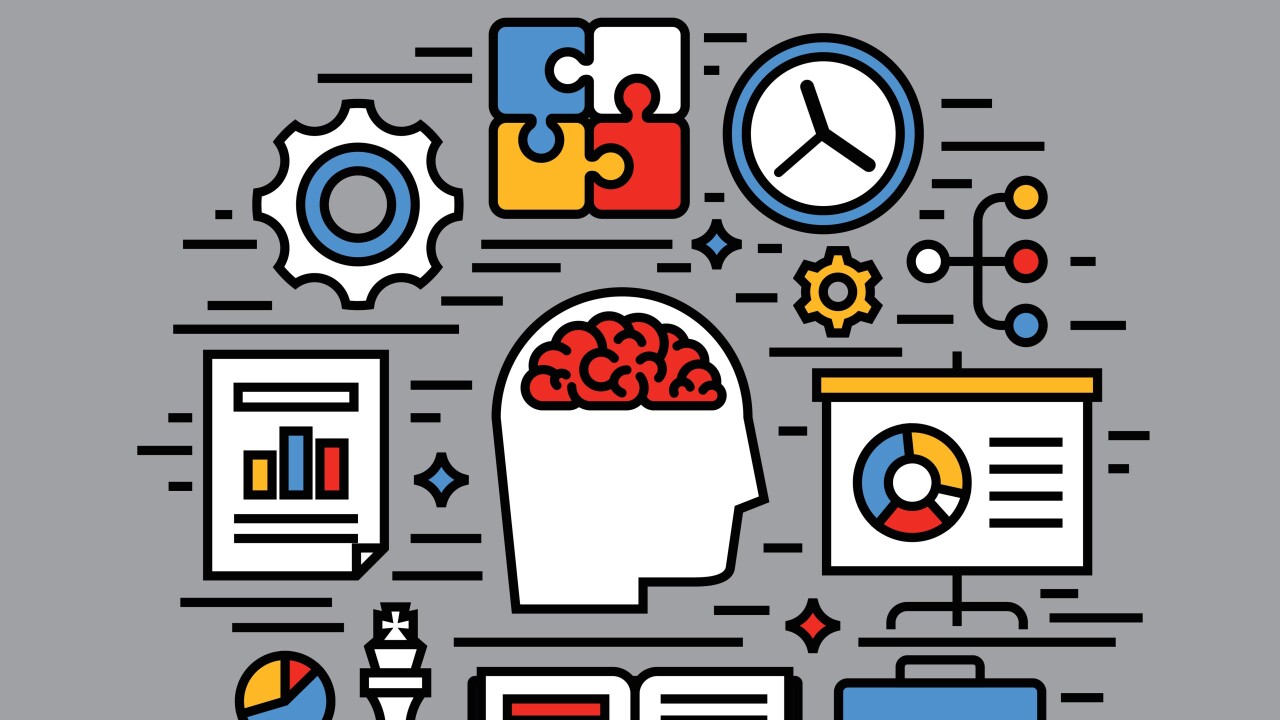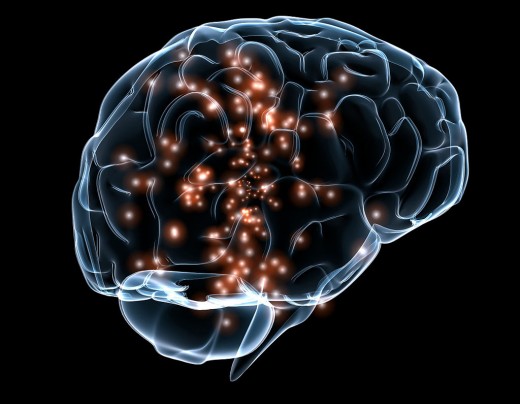
Robert J. Szczerba is the CEO of X Tech Ventures, an innovative company focused on solving some of today’s most challenging problems through the integration of technologies from multiple, diverse domains. This post originally appeared on Forbes.
Transformative technology marks the progress of humanity. It also inevitably raises questions. Just think of all the issues the spread of the Internet has raised, from net neutrality to anonymous harassment to search privacy. Not all of the issues are negative, of course, as exemplified by the question all non-profits are now asking themselves: how can we replicate the fundraising success of the ALS Ice Bucket Challenge?
One sector of technology innovation that doesn’t get much attention in the media, but seems poised to make game-changing strides, is neuroscience and its applications for criminal and civil law. In 2011, the MacArthur Foundation granted $4.5 million to establish the national Research Network on Law and Neuroscience (which shortens its name to the Network) headquartered at Vanderbilt University in Nashville, Tennessee.
Their mission includes examining the multiple effects of modern neuroscience on criminal law, designing and conducting neuroscientific research, and trying to make neuroscience accessible and beneficial to America’s courtrooms.
This field is so new that it is more defined by questions than answers at this pioneering stage. To get a sense of those questions, we turned to the Network’s Director, Owen Jones, who is one the country’s few professors of both law and biology. He breaks the topics down into three categories:
Over the next few decades, neuroscientific research will have dramatic impacts on the criminal justice system. (Image source: Draper Labs via Wikipedia)
1) Detecting Lies and Memories
We addressed this issue in a recent Forbes column, and were eager to hear Jones’ perspective. He set up the fundamental issues nicely: “Seeking the truth is at once the most fundamental and the most difficult task of the criminal justice system.
From arrest to sentencing, participants are challenged to decide whether suspects and witnesses are telling the truth, engaging in deliberate deception, or being sincere yet mistaken.” He then outlined the questions this intersection of neurotechnology and the law is beginning to pose:
- Can brain activity tell us whether an individual accurately recognizes a person whose face they have seen or an event they have witnessed?
- Can individuals use countermeasures to fake or suppress such recognition?
What are the effects of memory practice and the age or strength of a memory on recognition-related brain activity? - Do emotional factors, such as motivation and reward, or threat and stress, alter the ability to identify a true memory?
- Can we define precisely what neuroscience can and can’t tell us about detecting lies and memories?
2) Distinguishing Levels of Culpability
In everyday interactions, humans are pretty good at inferring the mental states of others. Is the person you’re speaking with sleepy, or upset, or intoxicated? “But our accuracy is imperfect,” Jones points out. “And a great deal is at stake in criminal cases, for the public as well as the defendant.
Finding more objective markers for mental states could be a major advance in promoting justice, and researchers at the Network are searching for tools to help identify them on the basis of brain data.” They hope to answer questions like these:
- Are there empirical differences among the four mental states described in the modern penal code? Is there a better framework the courts should use?
- How is culpability affected if the person has a complicating condition like a brain injury or mental illness? Can neuroscience lead to better, fairer treatment in applying criminal law to these individuals?
- How might deeper knowledge of the connections between brain development and cognitive capacities inform our approach to juvenile justice?
- Can neuroscience help us assess the probability that a person in a certain situation knew a fact or circumstance existed, or was aware of a risk that it existed?
- Can neural activity distinguish awareness that one is committing an illicit act from awareness that one will be punished if caught?
3) Deciding on Appropriate Punishment
So far, we’ve been talking about defendants or witnesses. But what about the attorneys, judges, and juries who determine whether a killing is murder or manslaughter, or whether a convicted murderer should receive the death penalty or a life sentence? “The Network,” says Jones, “is interested in how people assess a defendant’s mental state – his or her knowledge and intent – and how they decide on a suitable punishment.” Naturally, more questions follow:
- Why do people have difficulties distinguishing among some mental states? How does brain activity vary when people make those distinctions?
- How do age, race, and sex of defendants affect people’s assessments of their mental state and of the suitable punishment?
- How do people take into account what a defendant knew when committing an illegal act, and how is that reflected in brain activity?
- What happens in the brain as people consider mental states and different levels of harm in meting out punishment? To what extent are these processed independently or together?
- How can the legal system best separate the good neuroscientific evidence from the bad?
The answers to these questions may in time help to reform our nation’s jurisprudence in constructive ways, and may deeply affect the lives of victims and defendants alike. The ultimate judge of the results will be history, to which we’ll all be witnesses.
Read Next: Brain training and the end of the Prozac generation
Get the TNW newsletter
Get the most important tech news in your inbox each week.





